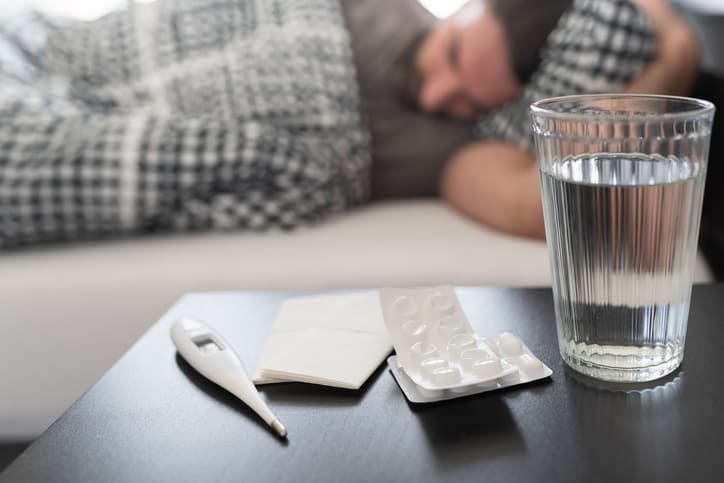
According to the EPA, indoor air pollutants are up to five times higher than outdoor levels. Germs in the air can cause sickness. Mold, pet dander, dust mites, bacteria, pollen could all be present. Although you may not see these invisible particles circulating throughout your home, they could be quietly jeopardizing your family’s health. Because most people tend to spend more time indoors during the colder months, there’s an even greater chance for illness to occur. Allergy and asthma sufferers are especially prone to experiencing symptoms related to poor air quality.
To help keep your home’s air clean, you need an effective HVAC system. Running an air purifier is one of the best ways to filter contaminants. It does a fantastic job of improving indoor air quality. However, there are other ways to keep your home healthy. Here are some critical steps to take.
Replace Your HVAC Filter
Your HVAC filter is an essential component to your home’s indoor air quality because your filter is the first line of defense when removing dust and pollen from the air. Its primary job is to collect pollutants, which can worsen allergy symptoms and aggravate breathing problems.
Depending on the time of year and other factors, you will need to keep a close eye on how much particulates and other contaminants gather on the filter. Your filter won’t be able to do its job if it is too dirty and an old filter can reduce your home’s air flow.
Experts recommend changing it once a month to be on the safe side. Because most HVAC filters are affordably priced, you don’t have to worry about breaking the bank. Be sure to keep your filter clean throughout the year with frequent replacements if you want to keep your home’s indoor air clean and reduce your home’s energy bill!
Regular Housekeeping
While housekeeping isn’t always fun, it’s a chore that can improve indoor air quality. If your home has any carpeted floors, make it a priority to vacuum at least twice a week. However, pet owners may need to clean daily to keep as much dandruff and pet hair out of the air.
This is especially important during Spring and Fall when you have your windows open. It’s a good idea to keep air flowing throughout your home, but if you have lots of pet hair and dust in your home, these participants will spread throughout your home whenever a breeze starts to blow.
Sweeping and dusting are just as important. Also, don’t forget to wash your bedding in hot water every week. This will help to kill bed bugs and dust mites, which could be hiding underneath your mattress. Upon finding signs of these insects, hire a pest control professional to get rid of them.
Control Humidity
Moist conditions can trigger the growth of mold and mildew. This is why you must take the necessary steps to control humidity. While high humidity can be a problem throughout the year, it tends to occur more often during the summer.
When cooking and showering, remember to turn on your vent fans. If you don’t already have a dehumidifier, certain houseplants can be used to absorb moisture from the air. Some of the best options include Boston ferns, English ivy, and reed palms.
If you are concerned about mold or other harmful byproducts of humidity in your home then you should consider installing a dehumidifier. These systems will remove moisture from your home- this is especially important for homes with basements or near lakes and rivers.
Learn How to Maintain Your Air Purifier Properly
How do air purifiers work for getting rid of germs? While air purifiers do an excellent job of eliminating household contaminants, poor care by homeowners can ruin their effectiveness. Always make maintenance a big point of emphasis. Following the manufacturer’s guidelines will ensure that your unit performs at its best.
Check Your Air Ducts
It’s a good idea to have your air ducts cleaned every so often. While running your HVAC system, dirty ducts can cause toxins to blow back into your home. Your family will ultimately breathe in these impurities.







